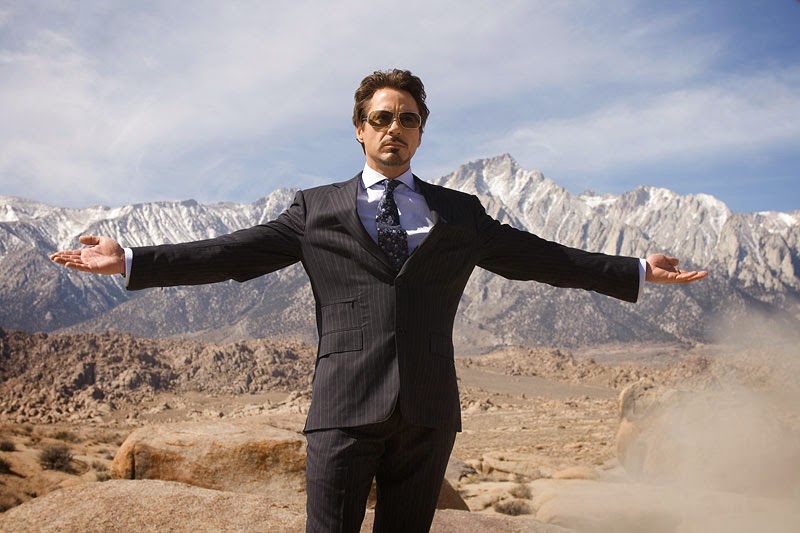Until a couple of days ago I had never read (call me a Philistine) a
single word written by Thomas Wolfe, unless you include the titles of his
books. I mean everybody knows the
phrases Look Homeward Angel, though
that’s originally from Milton, and You Can’t
Go Home Again.
And actually that latter has always worried me. Isn’t the “again” at best superfluous and at
worst self-defeating? I mean if you
can’t go home, you can’t go home. But if
you can’t go home AGAIN that kind of implies that you’ve been home at least
once before, in which case you CAN go home again, just not right now, or maybe
not more than once.
In any case, my non-reading of Wolfe has, in the most minor
way, now been corrected. I have read his
short story “Only The Dead Know Brooklyn” from
1935 or so and it’s wonderful.
It’s written in
“Brooklynese” which isn’t quite as much of a strain as you think it’s going to
be, but the great thing is it’s all about walking and mapping and urban
exploration and (oh what the hell, I’m going to say it) psychogeography. I had no idea.
The narrator writes
like this:
So like I say, I’m waitin’ for
my train t’ come when I sees dis big guy standin’ deh – dis is duh foist I eveh
see of him. Well, he’s lookin’ wild, y’know, an’ I can see dat he’s had plenty,
but still he’s holdin’ it; he talks good an’ is walkin’ straight enough. So
den, dis big guy steps up to a little guy dat’s standin’ deh, an’ says, “How
d’yuh get t’ Eighteent’ Avenoo an’ Sixty-sevent’ Street?” he says.
The “big guy” is going to
Bensonhurst for no particular reason except that he likes the sound of the
name, and we learn that he’s been all around Brooklyn in this haphazard way,
walking, wandering, drinking in bars, and feeling he’ll never get lost because
he has a map with him. The narrator
finds this completely incomprehensible.
“… I got a map dat tells me
about all dese places. I take it wit me every time I come out heah,” he says.
And Jesus! Wit dat, he pulls
it out of his pocket, an’ so help me, but he’s got it - he’s tellin’ duh troot
- a big map of duh whole goddam place with all duh different pahts mahked out.
You know - Canarsie an’ East Noo Yawk an’ Flatbush, Bensonhoist, Sout’
Brooklyn, duh Heights, Bay Ridge, Greenpernt - duh whole goddam layout, he’s
got it right deh on duh map.
“You been to any of dose
places?” I says.
“Sure,” he says. “I been to
most of ‘em. I was down in Red Hook just last night,” he says.
“Jesus! Red Hook!” I says.
“Whatcha do down deh?”
“Oh,” he says, “nuttin’ much.
I just walked aroun’. I went into a coupla places an’ had a drink,” he says,
“but most of the time I just walked aroun’.”
“Just walked aroun’?” I
says.
“Sure,” he says, “just lookin’ at t’ings, y’know.”
No, the narrator doesn’t know,
and he finds the whole enterprise absurd as well as incomprehensible, and also
in some obscure way threatening. He
considers himself a real Brooklynite and of course a real Brooklynite would
never just wander around, and would certainly never use a map. So maybe this means that a real Brooklynite
never goes anywhere except the places he already knows. And the narrator here consoles himself with
the thought that it’s impossible to know the whole of Brooklyn anyway, so why
bother to step outside your own orbit?
Needless to say, this doesn’t only apply to people from Brooklyn.
The story seems to have been at least partly
autobiographical, and Wolfe probably saw himself as a version of the big guy
wandering around Brooklyn.
In Thomas
Wolfe: Memoir of a Friendship, Robert Raynold gives an account of walking
with Wolfe.
“ …(Wolfe) had a good way of walking along
the street. He swung his long legs easily and his arms no more than needful; he
carried his shoulders well; his torso was erect and firm and his head straight
with innate dignity … Wolfe walked along the street as if his business were
right there; his business was to see, feel, hear, taste and touch and smell the
life of the street: he was working as he walked. This gave his face an alert,
lively expression, animal in its watchfulness, with his wary lower lip thrust
out; then from time to time the gatherings of his senses coalesced in a
spiritual perception, and the joy of spiritual apprehension lit up his face –
‘in apprehension how like a god.’
Which suggests that walking with Thomas
Wolfe must have been quite a performance, unless (you think?) just possibly
Robert Raynolds was laying it on a bit thick.
For what it’s worth, I lived in Brooklyn during my time in New York,
though I’m sure I never became a Brooklynite.
And I certainly did plenty of walking, though I think my senses rarely coalesced in a spiritual perception.
However, while I was wandering around, I did take a few photographs that
I’m still quite fond of. This is one of
them.

































